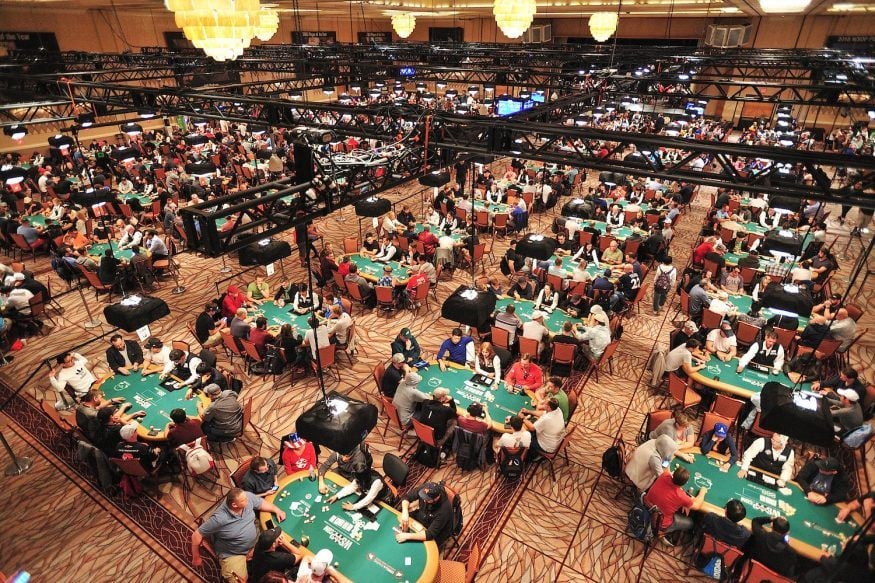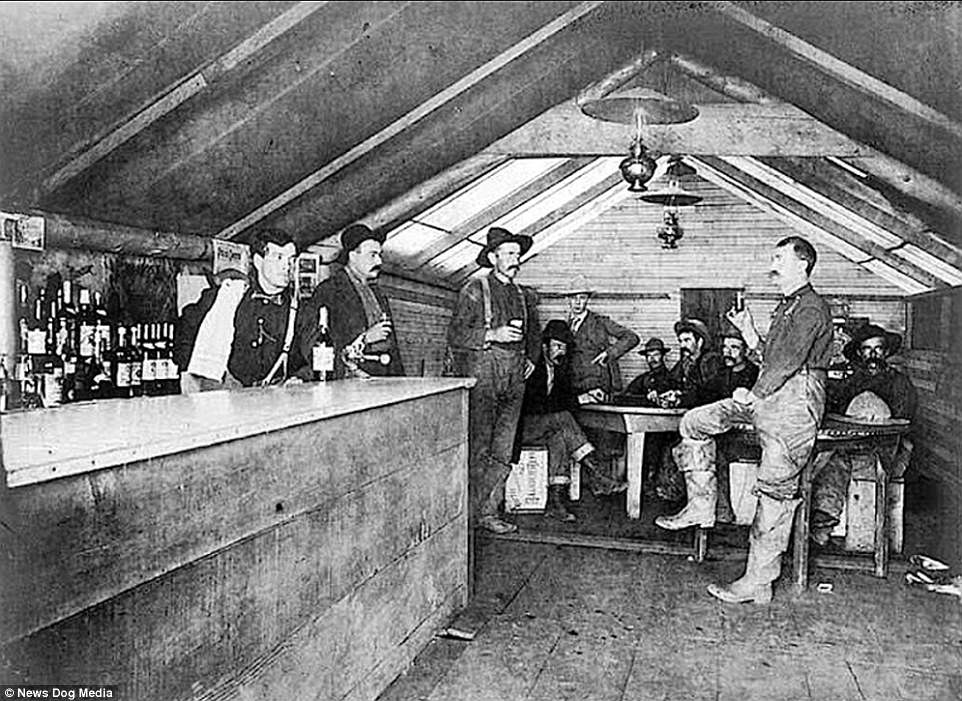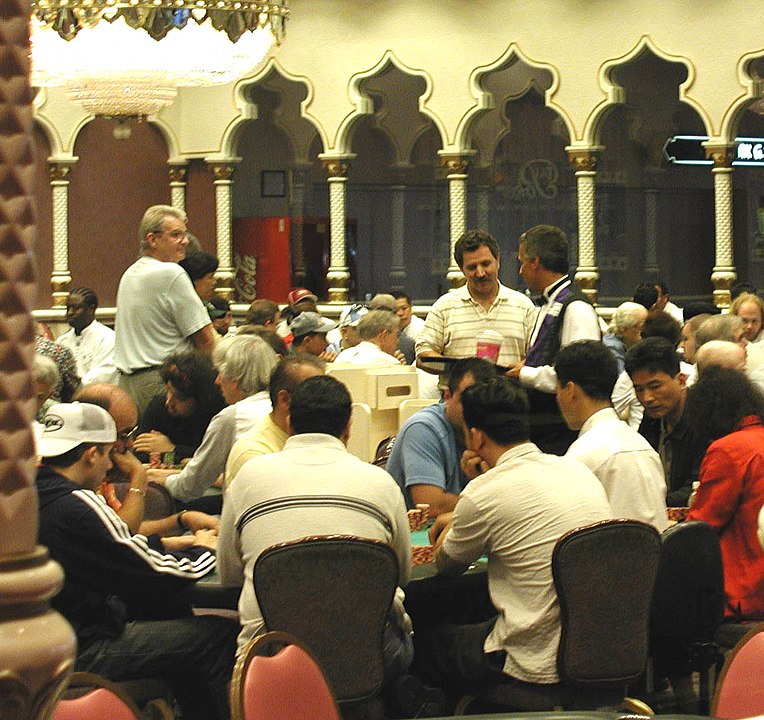Exploring the Lack of Women in the Poker World: Barriers and Opportunities

Gender Gap in Poker: A Persistent Dilemma
Poker is renowned for its accessibility-regardless of background, anyone can sit at the table and compete. However, despite this openness, the reality remains that the game is overwhelmingly male-dominated. At many live tournament events, the number of men surpasses women by a ratio of about 20 to 1 or even more. This disparity is especially apparent at the highest competitive levels. On the All-Time Poker Money List, for example, only Vanessa Selbst has managed to break into the top 100-and is surrounded entirely by men.

Given that poker’s rules do not discriminate by gender, it raises the question: Why aren’t more women taking up the game? The answer is multi-layered, involving historical, social, psychological, and commercial factors. Let’s examine the underlying causes behind this imbalance.
The Historical Roots: Poker as a Male Preserve
To understand why so few women play poker, it's essential to look back at the game’s origins. Poker began as an activity confined almost exclusively to men. In its formative years, women who dared to participate were often seen as outliers, challenging entrenched social norms. These rare participants sometimes faced harsh judgment and negative labels, further reinforcing poker’s reputation as a man's pastime.

As a result, poker developed an exclusionary reputation-one that discouraged female participation. Although the world has changed dramatically since the Wild West era, this lingering sense of exclusivity continues to influence the poker environment today.
Coping with Sexism and Hostility at the Tables
Modern poker environments are not immune to the prejudices of the past. Women frequently encounter inappropriate behavior-ranging from unwelcome advances and belittling remarks to outright insults-especially in live settings. Such experiences, while not universal, are common enough to create a hostile atmosphere for many female players.
For most, poker is not a full-time profession; it's meant to be enjoyable. If an environment leaves players feeling uncomfortable or unwelcome, that enjoyment quickly vanishes-even if they walk away with winnings. Prominent professionals like Vanessa Selbst, Liv Boeree, and Vanessa Rousso have spoken openly about these challenges, suggesting that negative experiences extend across both elite and local games alike.

For many women, the prospect of enduring discomfort, no matter how compelling the game itself, is simply not worth it. This ongoing culture of exclusion is a significant deterrent.
Does Online Poker Level the Playing Field?
The advent of online poker was expected to break down barriers by providing anonymity and convenience. Players no longer have to travel to cardrooms-anyone of legal age can join an online table, often masking their real identity behind a username. In theory, this should encourage more women to participate.
In practice, while online poker attracts a higher proportion of female players compared to live venues, men still predominate. The reasons stem not only from physical safety or anonymity, but also from broader societal and psychological factors that shape interest in the game.
The Impact of Poker Marketing and Advertising
Like any popular product, poker’s dramatic rise was fueled by extensive marketing. Historic events such as Chris Moneymaker’s 2003 World Series of Poker victory captured public imagination, but subsequent advertising efforts overwhelmingly targeted men. Female players were sidelined in branding campaigns, and even today, this trend persists.
While some progress has been made-more women now represent poker brands and participate in promotional content-much remains unchanged. Poker continues to be pitched as a male-oriented adventure, catering to men’s lifestyles, attitudes, and spending habits. This marketing bias both reflects and perpetuates the perception of poker as a "man’s game," inadvertently discouraging women from joining.
Psychological Barriers and Risk Aversion
Beyond social factors, the nature of poker itself may hold less appeal for some women. The game is fundamentally adversarial-requiring players to outwit opponents and take their money, sometimes through risky maneuvers. This competitive dynamic is exhilarating for many, but can also be emotionally taxing.
Research has found that, on average, women tend to be more risk-averse than men. Poker-especially variations like Texas Hold’em-rewards bold play and embraces variance as an integral part of success. While this characteristic does not apply to every individual, it might explain why poker as a pursuit attracts fewer women.

Players who thrive are generally those who accept risk, adapt quickly, and embrace the unpredictable facets of the game. If someone is less comfortable with these elements from the outset, the enjoyment-and hence motivation-may never fully develop.
Opportunities for Women in Today’s Poker Industry
Despite many roadblocks, women who do make a name for themselves in poker can find unique advantages. With fewer competitors at the elite level, female players often enjoy greater visibility and attract sponsorships or endorsements more readily than their male counterparts. In a landscape where competition among men is intense, accomplished female professionals can carve out a niche and ascend faster.
While this does not negate the challenges women face, it is one area where a gender imbalance works to their advantage-at least for those determined enough to break through.
The Road Ahead: Will the Gender Divide Shrink?
Efforts are underway to welcome more women into the world of poker. Industry leaders are recognizing the importance of diversity, not just for ethical reasons, but also as a way to invigorate the player base and modernize the game’s image.
Still, progress is slow and setbacks remain. A single negative experience may be enough to turn potential players away forever. Addressing these issues will require sustained, genuine changes-such as more inclusive marketing campaigns, mentorship by female professionals, and strong policies against harassment.
With continued momentum and visible female role models, the poker community can move closer to achieving true equality at the felt.













